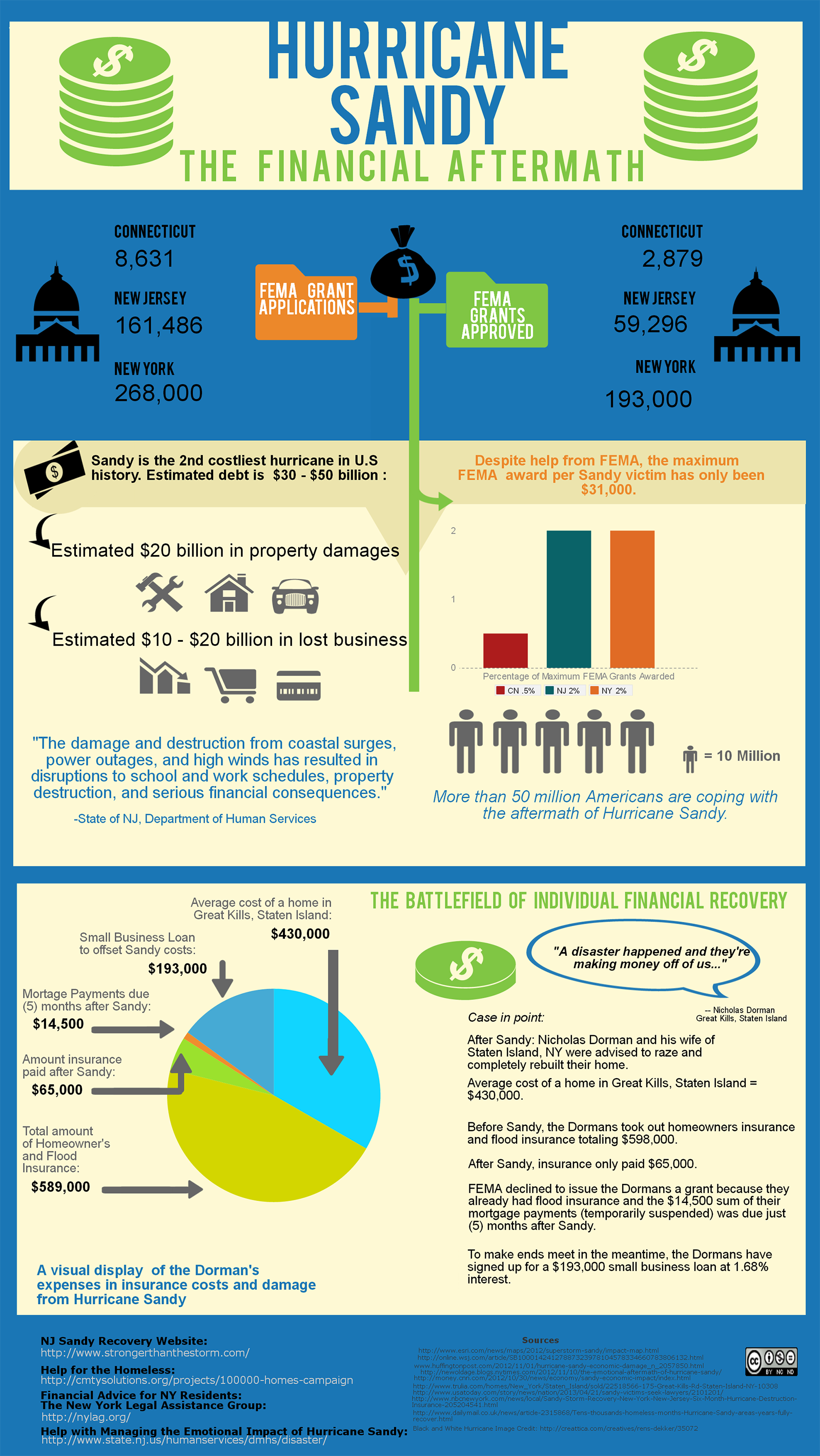Christen Janine McGuire. Writer. Designer. Artist.

online media/
OpenIDEO Challenge
In April 2011 I submitted a Design Concept for the OpenIDEO Challenge,"How might we better connect food production and consumption?" OpenIDEO is an interdisciplinary group of creative researchers, ranging from graduate students, to psychologists and graphic designers. Jane Fulton Suri is a Partner and Creative Director at IDEO, she plays a global leadership role, evolving content and craft, human insight, and design thinking in support of client projects worldwide.
You can also find my concept online, on OpenIDEO’s website: Adopt-A-Grower: Students and Growers Unite
For this challenge, OpenIDEO partnered with the Queensland Government in Australia and the IDEAS Festival 2011 to create a closer connection between local food production and consumption that could make a dramatic impact on sustainability efforts.
My solution was nominated by OpenIDEO as a Featured Concept for this Challenge, among 486 other concepts.
I also received a ReTweet commending my concept from Bruce Nussbaum: contributing editor to BusinessWeek, named one of the 40 most powerful people in design by I.D. Magazine in 2005. Nussbaum is a member of the Council on Foreign Relations and wrote The World After Oil: The Shifting Axis of Power and Wealth, and Good Intentions.
At the heart of this Challenge lie issues of global sustainability and local happiness to improve life for rural and urban communities. As an information architect and interaction designer, I was asked to consider ways to to improve and enhance the relationships and interactions between producers and consumers, rural and urban communities, growers and retailers, retailers and consumers.
As part of my solution, I was asked to incorporate new services, campaigns, policies, products and systems that could address these issues in a holistic way.
Brainstorming to a philanthropic end, between the phases of inspiration, concepting, evaluation, and collaboration, my objective was to find a productive overlap between business and technical viability. In my ideation process, I took into account such issues as energy use, transportation, biodiversity, food security, nutrition, obesity, the health of rural economies and the strength of inter-generational and intercultural knowledge sharing.

Prezi Technology
The Golden Rule of Success for TwitterDesigned for undergraduate students at Rowan University, for use by the Writing Arts Department and the Writing Center, this Twitter tutorial is comprehensive, yet concise and engaging.
With the explosion of new media technology circulating not only in social spheres, but equally so in the professional arena of the marketplace, it is vital for students in diverse arenas of communication to effectively harness and maximize new media's potential.
My objective in this tutorial is twofold: the first objective is for students new to Twitter to easily grasp the basics of navigation, the second objective is to demonstrate the broader concept of the relational dynamics behind Twitter, and the core constructs that are key to success in networking.
After putting this tutorial through rigorous user-testing, I was able to locate the intersections of mistranslation in the tutorial's instructions and the user's interpretation of those instructions. The current version of the tutorial has been reconfigured to correct the areas of troubleshooting thus far detected. Another facet of the current version is that additional layers have been added to make the tutorial a multidimensional, interactive experience using Prezi technology.
Here is a look at the skills that this tutorial will equip Twitter users with:
- Learn how to set up a Twitter account.
- Configure and customize account settings.
- Strategically search for people to follow.
- Gain fluidity in Twitter lingo.
- Locate topics of relevance being Tweeted about.
- Leverage technology to construct multilayered Tweets.
- Set up for both mobile and laptop usability.
- Create value for the Twitter community.
Information Visualization

